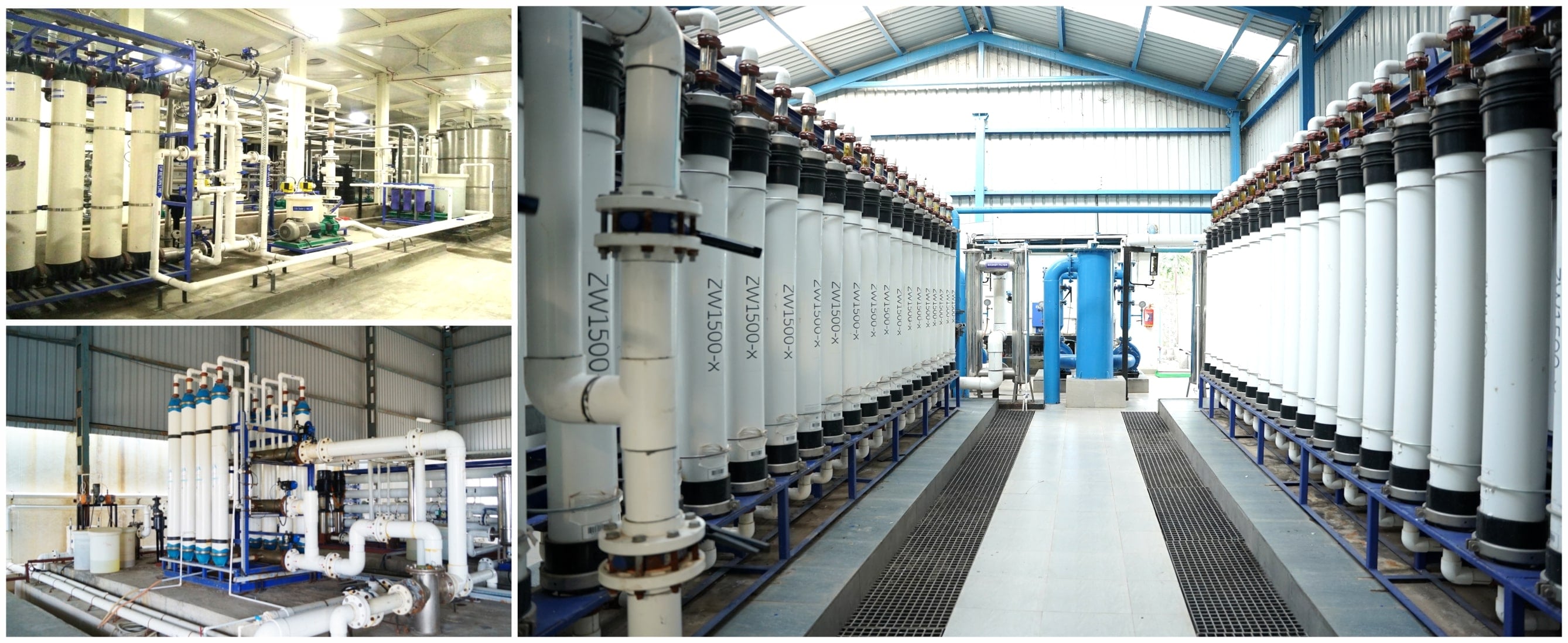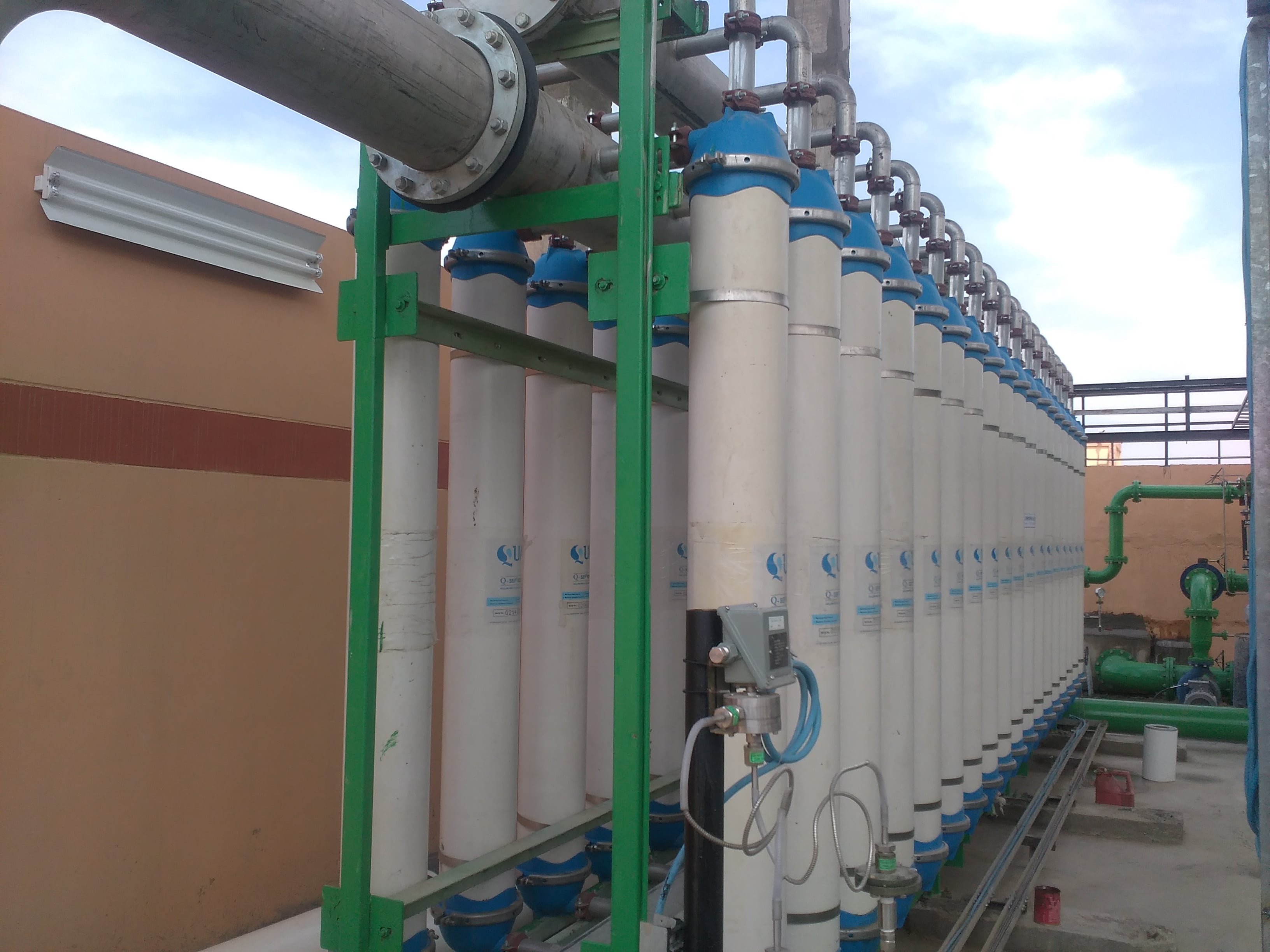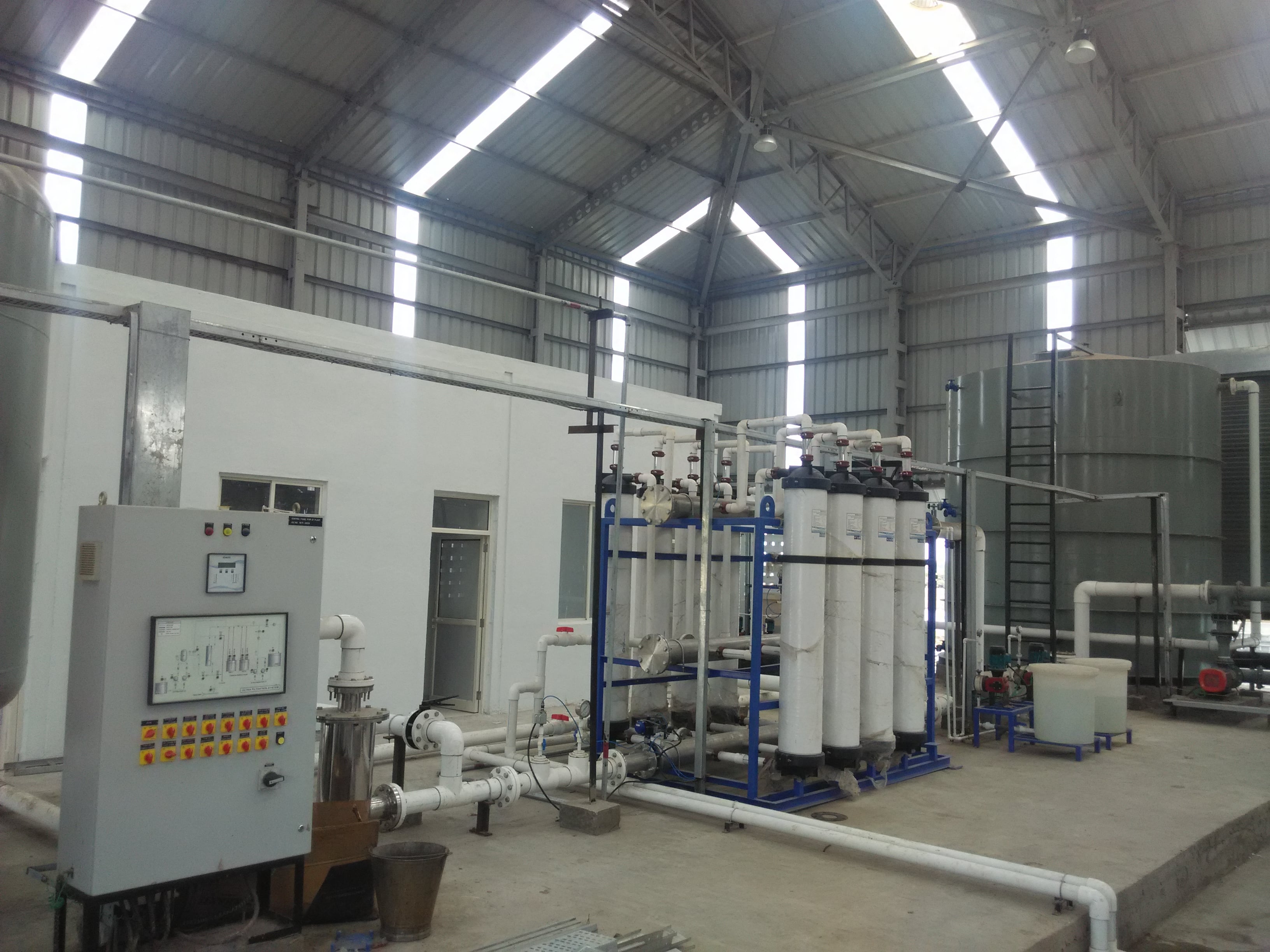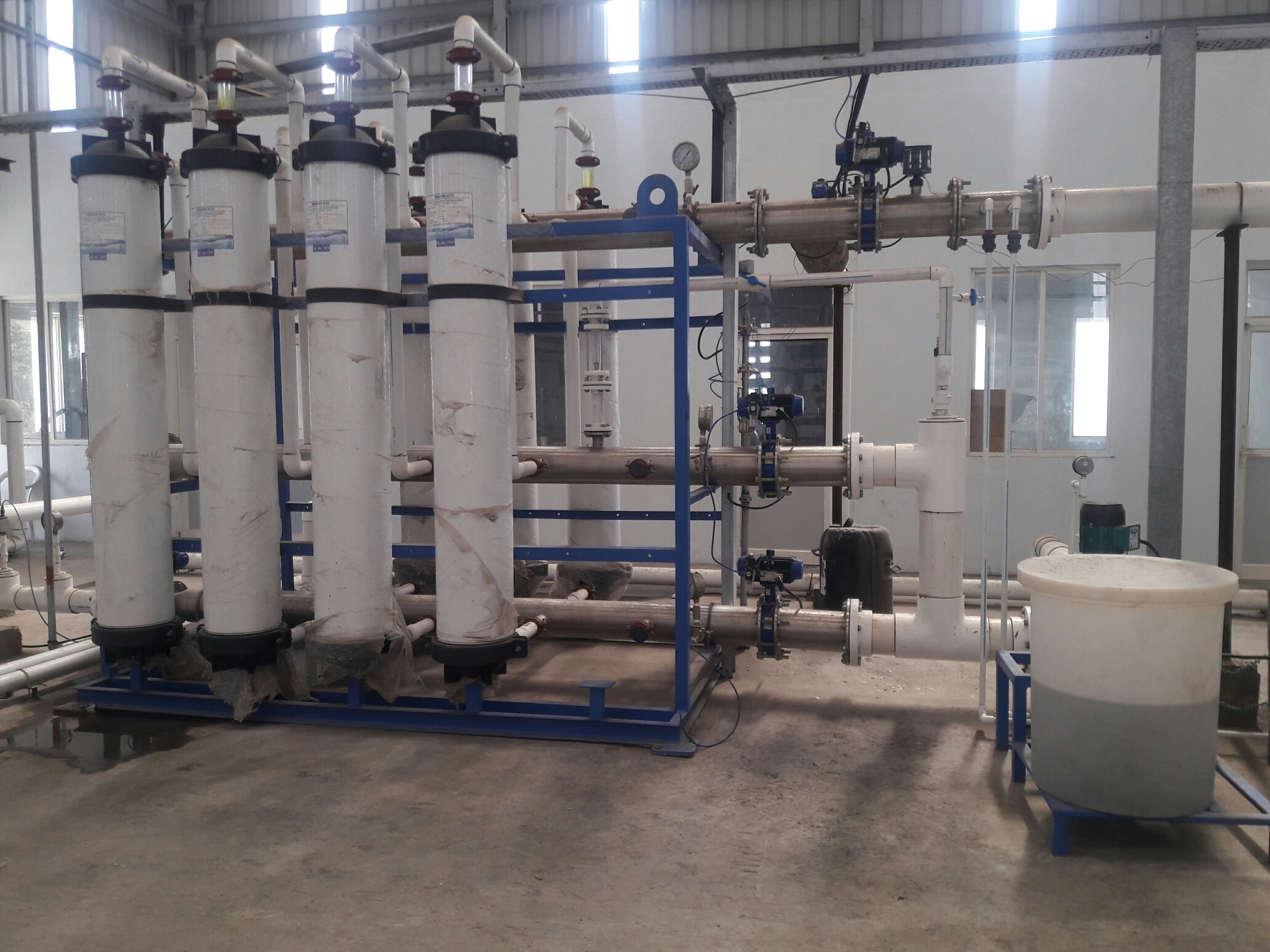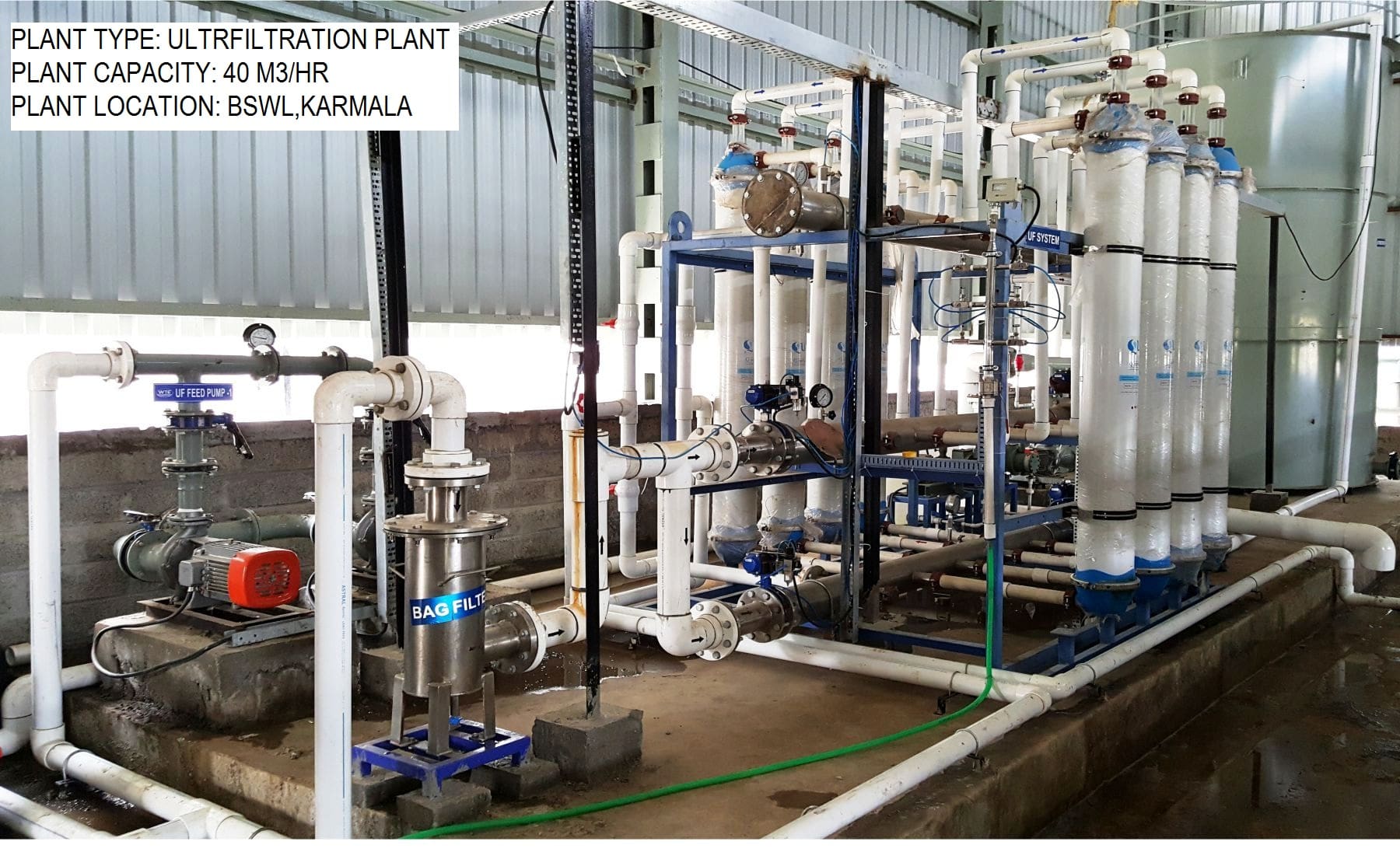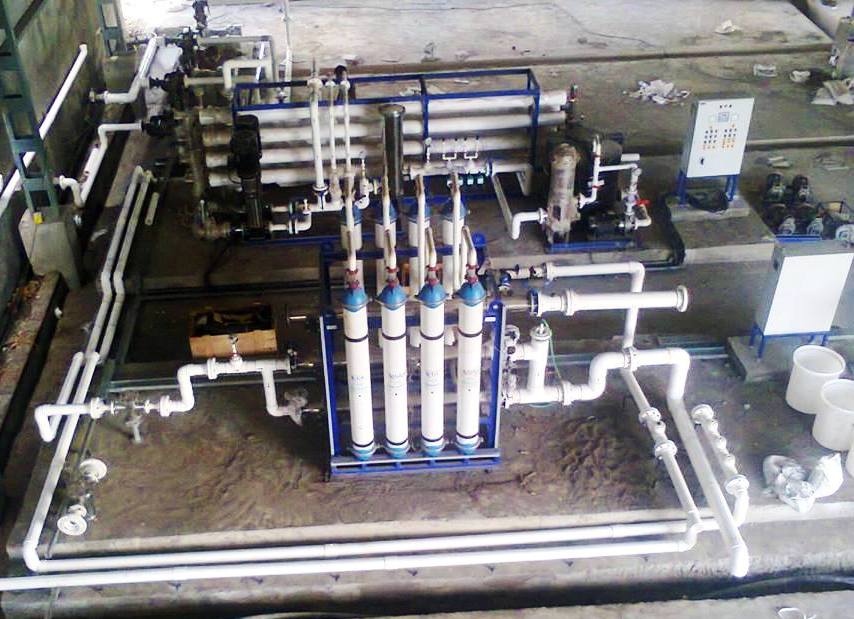Frequently Asked Question
The main purpose of an ultrafiltration (UF) plant is to remove impurities and contaminants from water, such as bacteria, viruses, and dissolved substances, using a process called membrane filtration. UF is commonly used as a pretreatment step before reverse osmosis (RO) treatment.
An ultrafiltration plant works by using a semi-permeable membrane to filter water. The water is forced through the membrane, which is designed to allow water molecules to pass through, but not larger impurities and contaminants. The purified water is collected on the other side of the membrane, while the impurities and contaminants are washed away and collected in a separate stream.
There are several types of ultrafiltration plants, including hollow fiber ultrafiltration, flat sheet ultrafiltration, and tubular ultrafiltration. The specific type of ultrafiltration plant used will depend on the characteristics of the water and the desired end product.
The by-products of an ultrafiltration plant are a combination of purified water and concentrate, which contains the impurities and contaminants that have been removed from the water. The purified water can be used for drinking or industrial purposes, while the concentrate is often sent for further treatment or disposal.
The advantages of an ultrafiltration plant include improved water quality, reduced waterborne diseases, and reduced environmental impact
